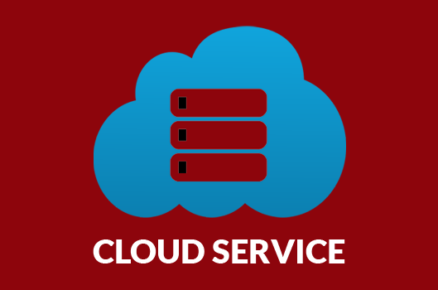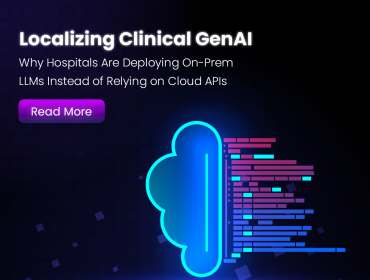The field of data science is one of the youngest and most exciting fields in the technology sector. In no other industry or field can you combine statistics, data analysis, research, and marketing to do jobs that help businesses make the digital transformation and come to full digital maturity.
In today’s business world, companies can no longer afford to look at their websites and social media presences as add-ons or after thoughts. The success of the technological aspects of a company is as crucial to its overall success as any other department. To gain that kind of success online, businesses must embrace big data and analytics. They must learn about their customers’ behaviour online and specifically on their sites, and they must use data to drive their marketing and production strategies.
Data Science is dedicated to analyzing large data sets, showing trends in customer and market behaviours, predicting future trends, and finding algorithms to help improve the customer experience and increase sales for the future. To learn and dive into this intriguing new field, you’ll really only need to take five simple steps…
1. Get Passionate About Big Data
As you set out to learn this field and become a data scientist, you’ll find that entering an emerging field is both exciting and overwhelming. As you come across challenges and obstacles, and as the definition of data science seems to change depending on whom you’re reading or listening to, the whole endeavour can seem intimidating enough to want to quit. If you’re passionate about data and what you can do with it, though, you’ll have motivation to keep going.
2. Embrace Hands-On Learning
Some people will tell you to begin by learning about the fundamentals of machine learning, neural networking, and image recognition. All of this is fascinating, but if you start here, you’ll never get where you want to be. Instead, start simple. Begin by learning how to clean data to make it legible to the computers and programs you’ll be working with.
As you do this, focus on getting to know a few algorithms really well instead of trying to gain cursory familiarity with a dictionary’s worth of them. Besides, when you need an algorithm that you don’t know, you’ll most often be able to fetch it from a library. You do not have to have an encyclopaedic knowledge of them.
3. Learn the Language and Communicate Your Insights
A large part of your job is going to be telling others (in laymen’s terms) what your data means for them. You can practice this by talking to less tech-savvy friends, starting a blog, and finding any platform available to discuss your findings. The more you practice, the more you’ll be able to express yourself in ways that normal people can understand.
4. Learn From People in the Industry
Go online and find forums and meet-ups where you can network with others working in data science. If a university near you provides a data science program, find out when they’re hosting a lecture, panel, and/or conference in the field and go get to know some people who are learning data science or who already work in the industry. You can also learn a lot from your data science peers by following industry thought leaders’ blogs, as well.
5. Keep Challenging Yourself
Finally, as you learn the ropes of data collection and analysis, don’t stop challenging yourself. If your “homework” is getting too easy, continue to increase the difficulty until it feels challenging again. You can do this by working with larger data sets, tweaking algorithms to make them more efficient, scaling algorithms to work with multiple processors, learning the theories behind new algorithms, and more. The further you take your studies, the more options you’ll have to create new challenges for yourself.












